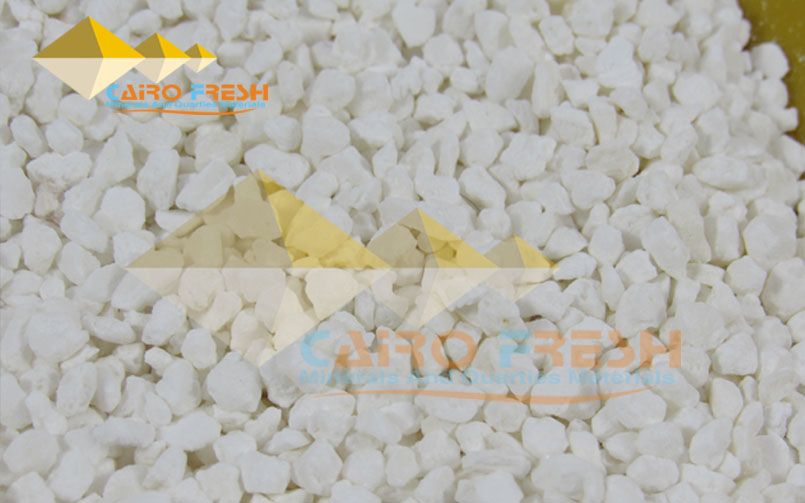Silica sand vs Regular sand
Many industries rely on sand as an essential resource, and it’s important to note that there are different types available. In this article, we will explore the distinctions between silica sand and regular sand, as well as their applications in various industries.
Let’s first understand silica sand:
Silica sand, also known as industrial sand, primarily comprises silicon dioxide (SiO2). Its high purity and consistency make it ideal for a wide range of industrial applications. Silica sand’s key feature is its high purity, containing over 95% SiO2 due to natural processes that have washed away impurities over millions of years. In addition, silica sand has a granular consistency, with grains round or angular, and a specific size distribution, making it suitable for various uses. It also has a high melting point, making it suitable for industries like glass manufacturing and foundry casting.
On the other hand, we have regular sand:
Regular sand is a broad term for naturally occurring sands, with unique compositions and characteristics depending on its natural source and regional properties. It comes from rivers, lakes, oceans, and deserts, resulting in a diverse range of mineral compositions. Impurities and contaminants, including clay, silt, organic matter, and various minerals, may be present in regular sand. However, it’s still widely used in construction and landscaping. It can be mixed with cement to create mortar, used for leveling surfaces, and provide traction on icy roads, due to its availability and affordability.
Silica sand vs regular sand
Silica sand is the primary ingredient in glass manufacturing, ensuring glass products remain transparent and free from impurities. Regular sand’s impurities make it unsuitable for glass manufacturing.
Foundry Casting:
Silica sand is preferred in foundry and casting operations to create molds and cores due to its high temperature resistance. Regular sand may not offer the same heat resistance.
Water Filtration:
Silica sand’s purity and consistency make it ideal for use in water filtration systems to effectively remove impurities and contaminants. Regular sand may not provide the same filtration quality.
Fracking and Oil Extraction:
Silica sand is crucial in hydraulic fracturing (fracking) to extract oil and natural gas by propping open fractures in rock formations, due to its high purity and durability. Regular sand lacks these essential properties.
Recreation and Landscaping:
Regular sand is commonly used for recreational purposes, such as beach volleyball courts and sandboxes. Its affordability and natural variations make it suitable for these applications. Silica sand, while granular, is typically too pure and costly for such uses.
In conclusion, silica sand and regular sand are two distinct sand types with different properties and uses. While silica sand is prized for its high purity, consistency, and heat resistance, regular sand is more versatile and widely used in construction, landscaping, and recreation. Understanding their differences can help us appreciate their unique roles in various applications.
For more information please contact us

